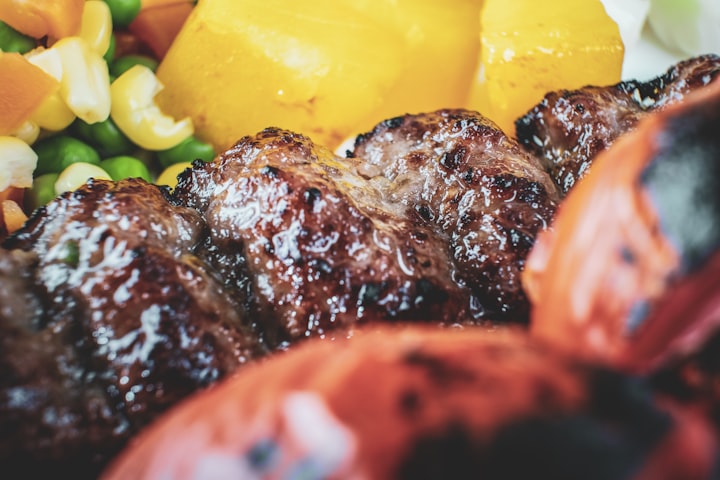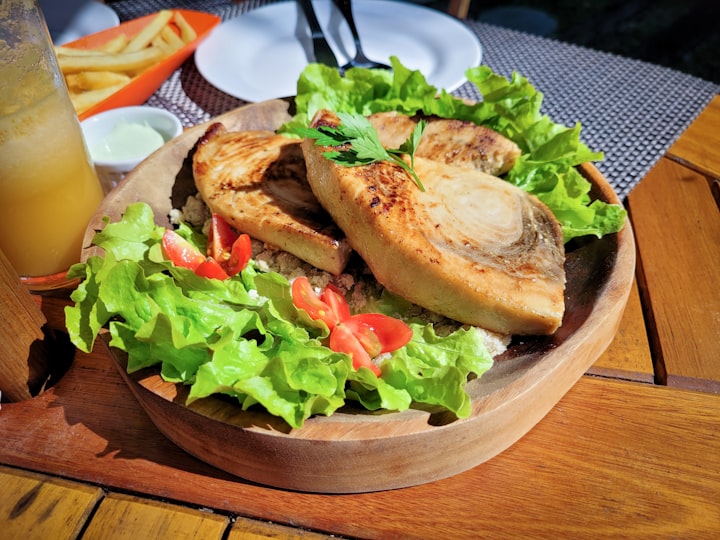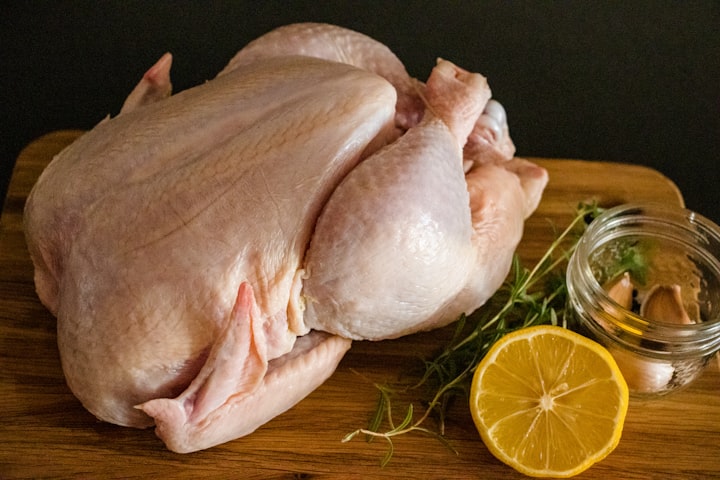Healthy And Unhealthy Fats
Healthy Fats vs. Unhealthy Fats: What you Need to know

Great sources of healthy fat are required to nourish your brain, heart
and cells, as well as your hair, skin, and nails. Foods copious in
particular omega-3 fats called EPA and DHA are especially important
and may reduce cardiovascular disease, better your mood and help
forestall dementia.

Yes There Are Good Fats
For years, dieticians and physicians have preached the advantages of
a low-fat diet. We’ve been told that cutting back the amount of fat we
eat is the key to slimming down, managing cholesterol, and
preventing health issues. But when it comes to your mental and
physical health, merely “cutting the fat” simply doesn’t cut it.
Research demonstrates that, more than the total sum of fat in your
diet, it’s the sorts of fat you eat that truly matter. Bad fats add to your
cholesterol and your risk of particular diseases, while beneficial fats
have the contrary effect, protecting your heart and defending overall
health. As a matter of fact, great fats—like omega-3 fats—are utterly
essential not only to your physical health but your emotional welfare.

Add to your healthy diet:
Monounsaturated fats, from plant oils like canola oil, peanut
oil, and olive oil, as well as avocados, nuts (like almonds,
hazelnuts, and pecans), and seeds (like pumpkin, sesame).
Polyunsaturated fats, including Omega-3 and Omega-6 fatty
acids, found in fatty fish like salmon, herring, mackerel,
anchovies, sardines, and some cold water fish oil supplements.
Additional sources of polyunsaturated fats are unheated
sunflower, corn, soybean, and flaxseed oils, and walnuts.

Cut back or eliminate from your diet:
Saturated fats, found chiefly in animal sources including red
meat and whole milk dairy products.
Trans fats, found in veggie shortenings, a few margarines,
crackers, candies, cookies, snack foods, fried foods, baked
goods, and additional processed foods made with partially
hydrogenated vegetable oils.
When centering on healthy fats, a great place to begin is bringing
down your consumption of saturated fats. Saturated fats are chiefly
found in animal products like red meat and whole milk dairy
products.
Poultry and fish likewise contain saturated fat, but less than red meat.
Additional sources of saturated fat include tropical veggie oils such as
coconut oil and palm oil.

Easy ways to bring down saturated fat
Consume less red meat (beef, pork, or lamb) and more fish and
chicken
Try for lean cuts of meat, and stick with white meat, which has
less saturated fat.
Bake, broil, or grill rather than frying.
Take away the skin from chicken and trim as much fat off of
meat as conceivable before cooking.
Keep away from breaded meats and vegetables and deep-fried
foods.
Pick out low-fat milk and lower-fat cheeses like mozzarella if
possible; enjoy full-fat dairy in moderation.
Utilize liquid veggie oils like olive oil or canola oil rather than
lard, shortening, or butter.
Keep away from cream and cheese sauces, or have them served
on the side.
A trans fat is a normal fat molecule that has been bent and deformed
during a procedure called hydrogenation. During this procedure,
liquid vegetable oil is heated and blended with hydrogen gas.
Partly hydrogenating vegetable oils makes them more stable and less
likely to spoil, which is really good for food manufacturers—and really
foul for you.
No amount of trans fats is good for you. Trans fats add to major
health issues, from heart disease to cancer.
Sources of trans fats
A lot of individuals think of margarine when they picture trans fats,
and it’s true that a few margarines are loaded with them. But, the
chief source of trans fats in the Western diet comes from
commercially-prepared baked goods and snack foods:
Baked goods – cookies, crackers, cakes, muffins, pie shells,
pizza dough, and a few breads like hamburger buns
Fried foods – donuts, deep-fries, fried chicken, chicken nuggets,
and hard taco shells
Snack foods – potato, corn, and tortilla chips; candy; packaged
or microwave popcorn
Solid fats – stick margarine and semi-solid veggie shortening
Pre-mixed products – cake mix, pancake mix, and chocolate
drink mix
While shopping, read the labels and look out for “partially
hydrogenated oil” in the components. Even if the food claims to be
trans fat free, this component makes it suspect.
With margarine, pick out the soft-tub versions, and make certain the
product has zero grams of trans fat and no partly hydrogenated oils.
When eating out, put fried foods, biscuits, and additional baked goods
on your “skip” list. Keep away from these products unless you know
that the restaurant has got rid of trans fat.
Keep away from fast food. Most states have no labeling ordinances for
fast food, and it may even be advertised as cholesterol-free when
cooked in vegetable oil.
When dining out, ask your server or counter person what sort of oil
your food will be cooked in. If it’s partly hydrogenated oil, run the
other way or ask if your food may be prepared utilizing olive oil,
which most restaurants have in stock.
All right, so you realize you have to avoid saturated fat and trans fat…
but how do you get the good for you monounsaturated and
polyunsaturated fats everybody keeps discussing?
The most beneficial sources of healthy monounsaturated and
polyunsaturated fats are veggie oils, nuts, seeds, and fish.
Cook with olive oil. Utilize olive oil for stovetop cooking, instead
of butter, stick margarine, or lard. For baking, try canola or
vegetable oil.
Consume more avocados. Try them in sandwiches or salads or
make guacamole. Along with being loaded with heart and brain healthy fats, they make for a filling and pleasing meal.
Grasp the nuts. You are able to likewise add nuts to veggie
dishes or utilize them rather than breadcrumbs on chicken or
fish.
Snack on olives. Olives are high in good for you
monounsaturated fats. But contrary to most other high-fat
foods, they make for a low-calorie snack if eaten on their own.
Try them plain or make a tapenade for dipping.
Dress your own salad. Commercial dressings are frequently
high in saturated fat or made with sullied trans fat oils. Produce
your own healthy dressings with high-quality, cold-pressed
olive oil, flaxseed oil, or sesame oil.
A great fat may become bad if heat, light, or oxygen harms it.
Polyunsaturated fats are the most delicate. Oils that are high in
polyunsaturated fats (like flaxseed oil) must be refrigerated and kept
in an opaque container.
Cooking with these oils likewise damages the fats. Never utilize oils,
seeds, or nuts after they start to smell or taste rank or bitter.
Omega-3 fatty acids: Super fats for the brain and heart
Omega-3 fatty acids are a sort of polyunsaturated fat. While all sorts
of monounsaturated and polyunsaturated fats are great for you,
omega-3 fats are evidencing to be particularly beneficial.
We’re still learning about the numerous advantages of omega-3 fatty
acids, but research has demonstrated that they can:
Forestall and cut back the symptoms of depression
Protect against memory loss and dementia
Cut back the risk of heart disease, stroke, and cancer
Alleviate arthritis, joint pain, and inflammatory skin conditions
Sustain a healthy pregnancy
Omega-3 fatty acids are highly centered in the brain. Research shows
that they play a vital role in cognitive function (memory, problem solving powers, etc.) also emotional health.
Acquiring more omega-3 fatty acids in your diet may help you fight
fatigue, sharpen your memory, and balance your mood. Studies have
demonstrated that omega-3s may be helpful in the treatment of
depression, attention deficit/hyperactivity disorder (ADHD), and
manic depression.
There are many different types of omega-3 fatty acids. Fish: The most
beneficial food source of omega-3s
Omega-3 fats are a sort of essential fatty acid, meaning they're
essential to health, but your body can’t make them. You may only get
omega-3 fatty acid from food.
The most beneficial sources are fatty fish like salmon, herring,
mackerel, anchovies, or sardines, or high-quality cold-water fish oil
supplements. Canned albacore tuna and lake trout may likewise be
great sources, depending upon how the fish were raised and
processed.
A few individuals avoid seafood as they worry about mercury or other
possible toxins in fish. But, most experts agree that the advantages of
eating two servings a week of these cold-water fatty fish outweigh the
risks.
If you’re a vegetarian or you don’t like fish, you may still get your
omega-3 fix by eating algae (which is high in DHA) or taking a fish oil
or algae supplement.





Comments
There are no comments for this story
Be the first to respond and start the conversation.